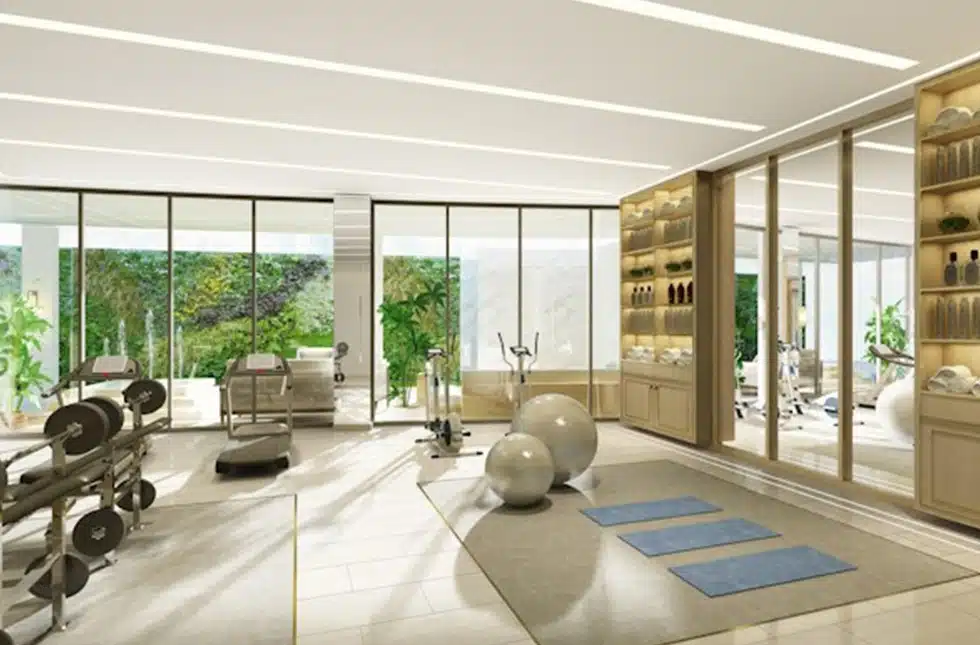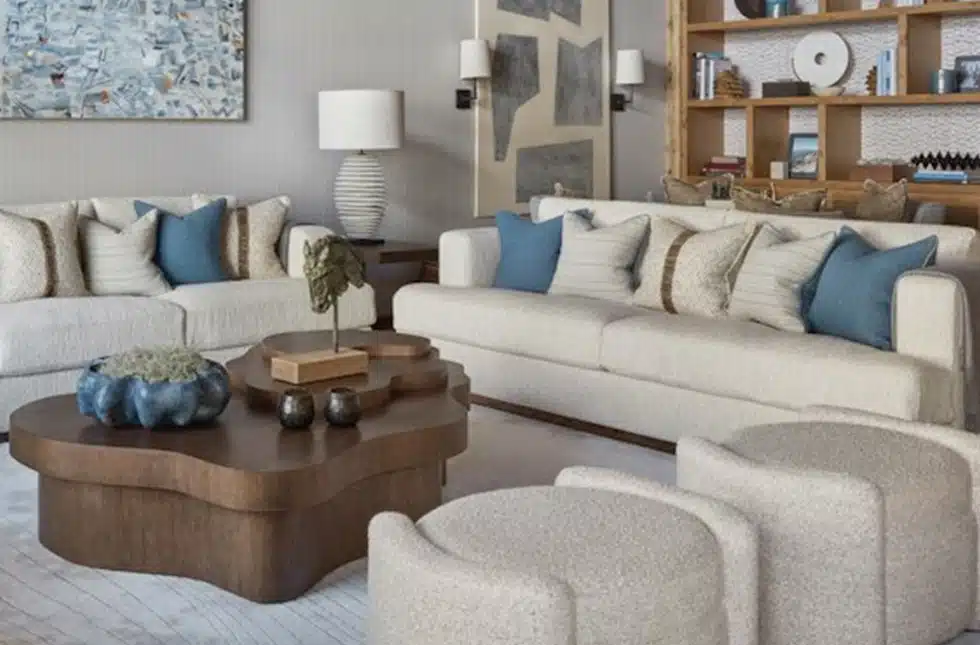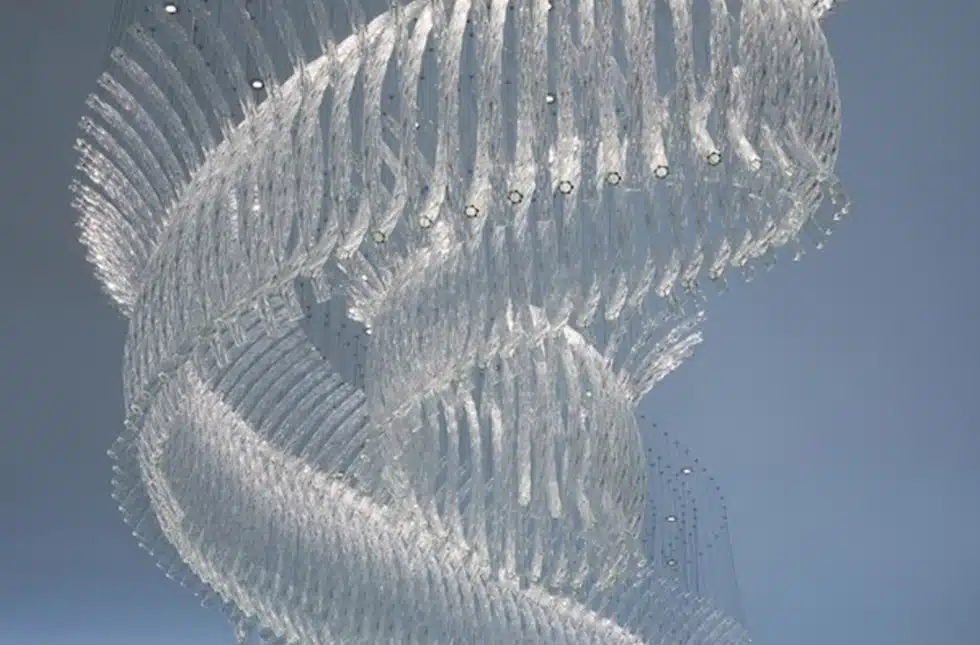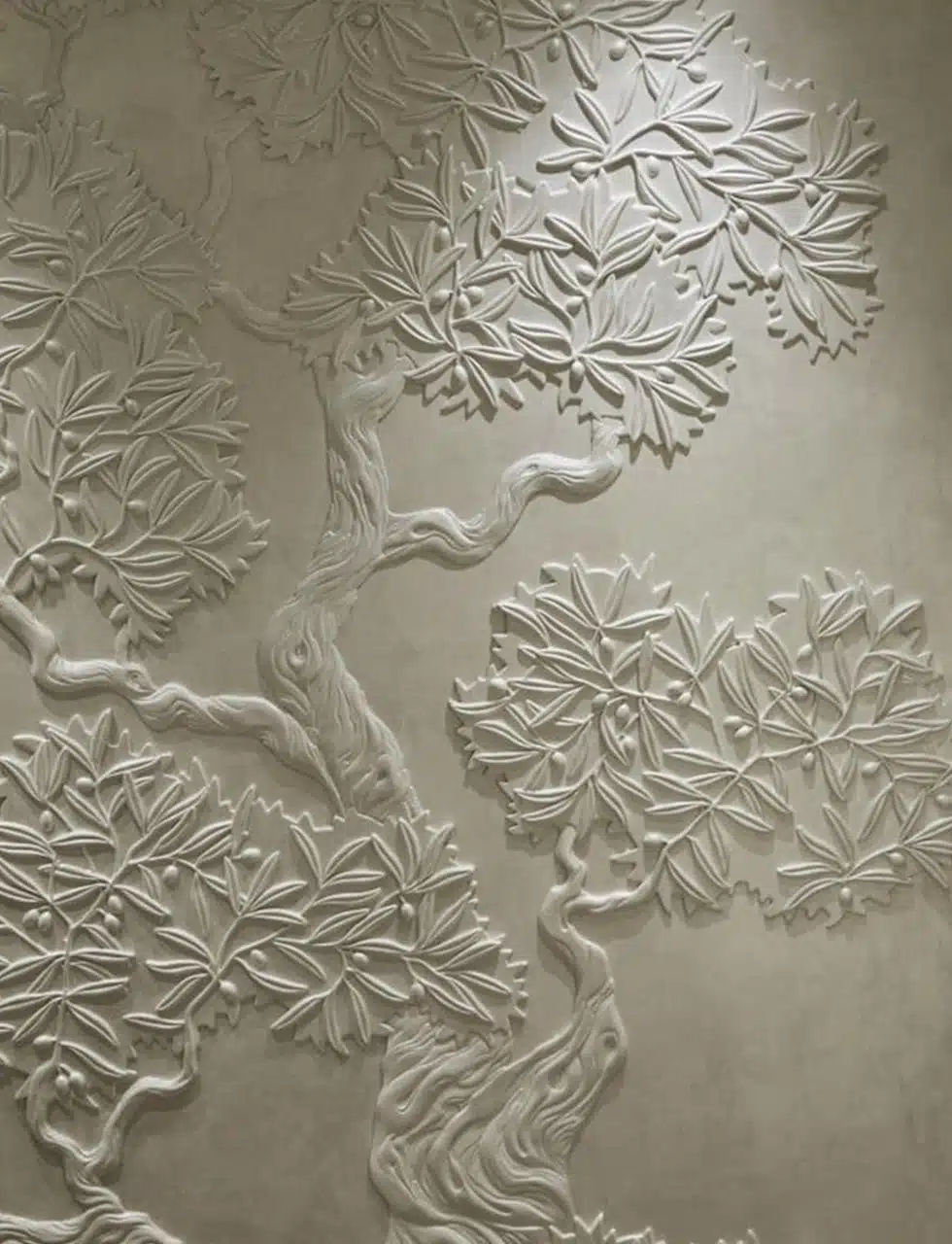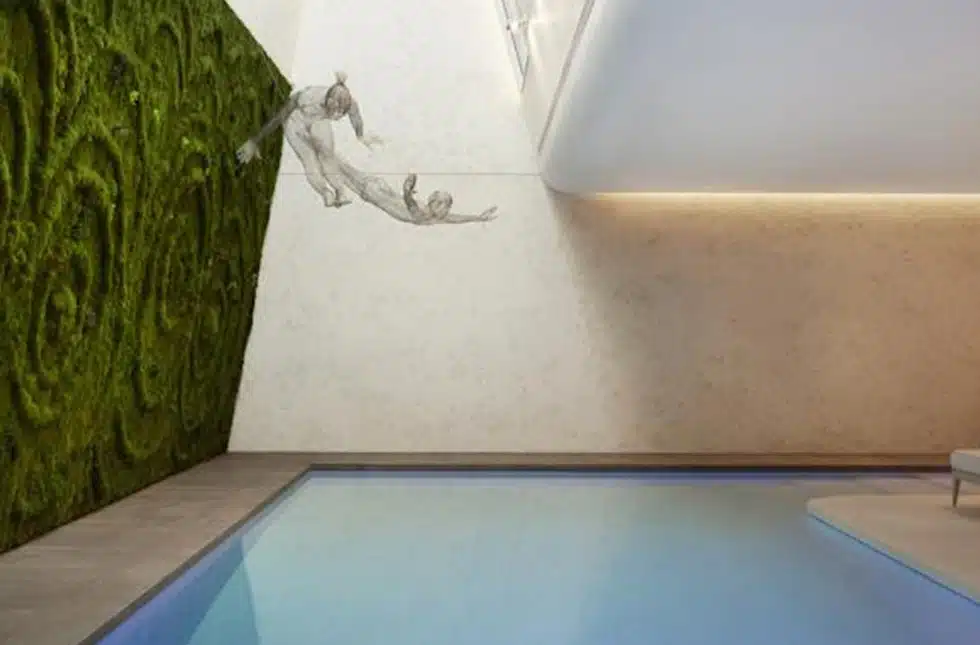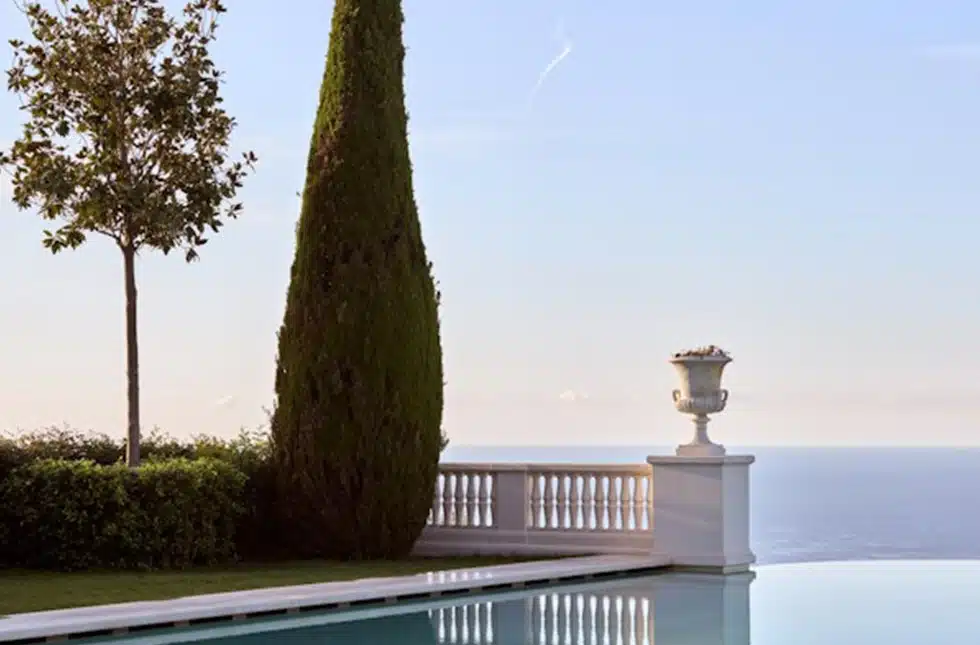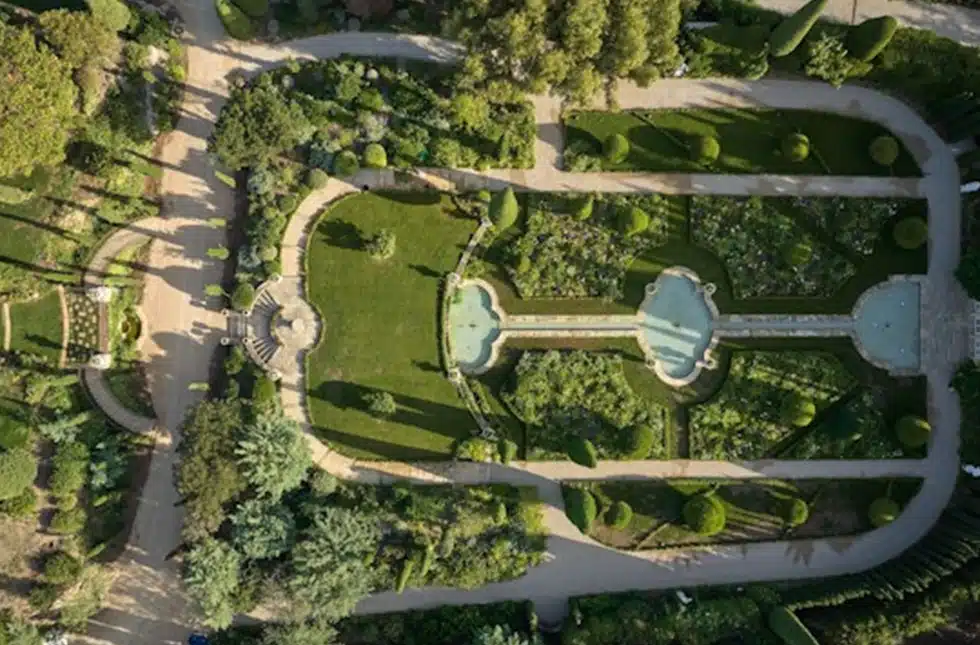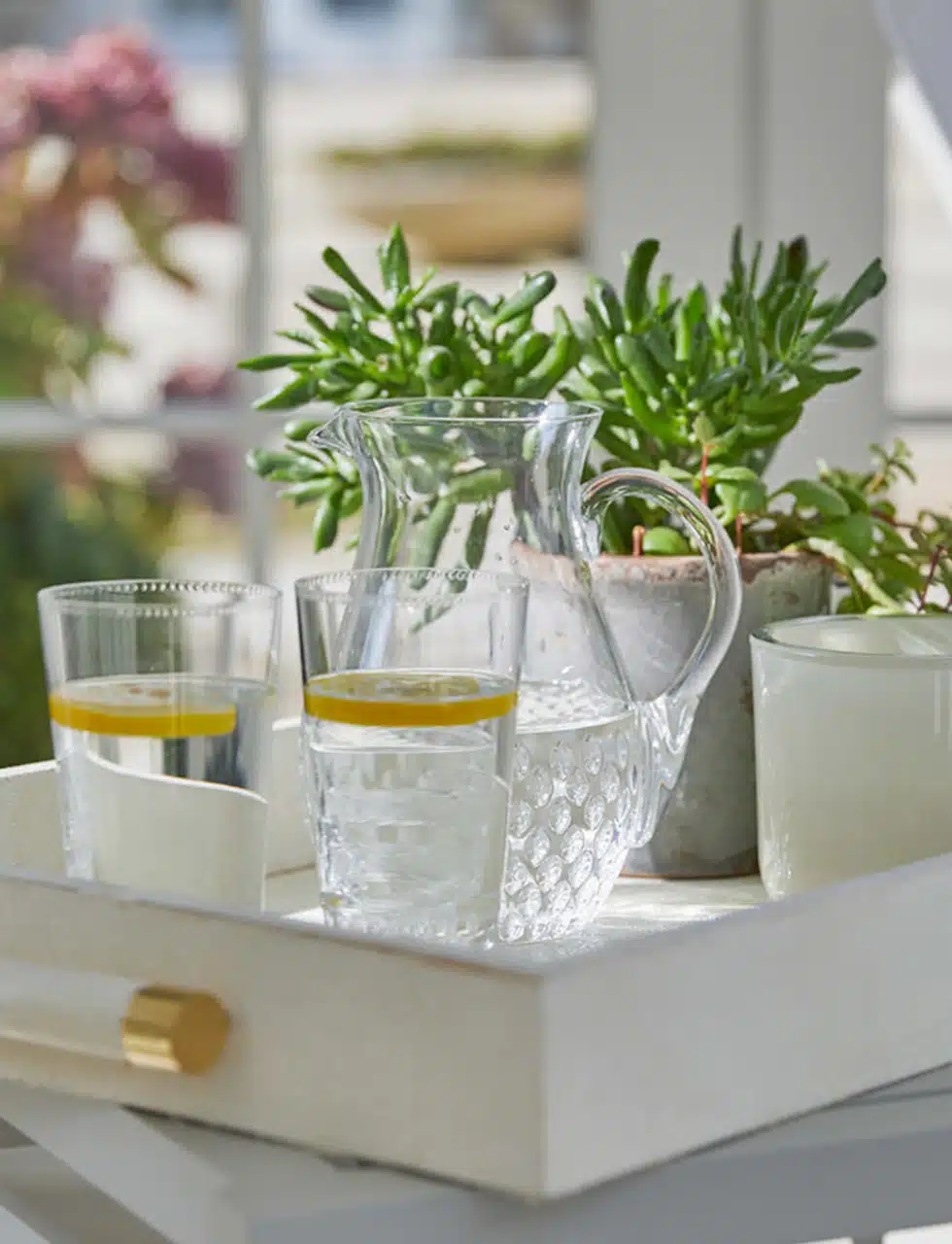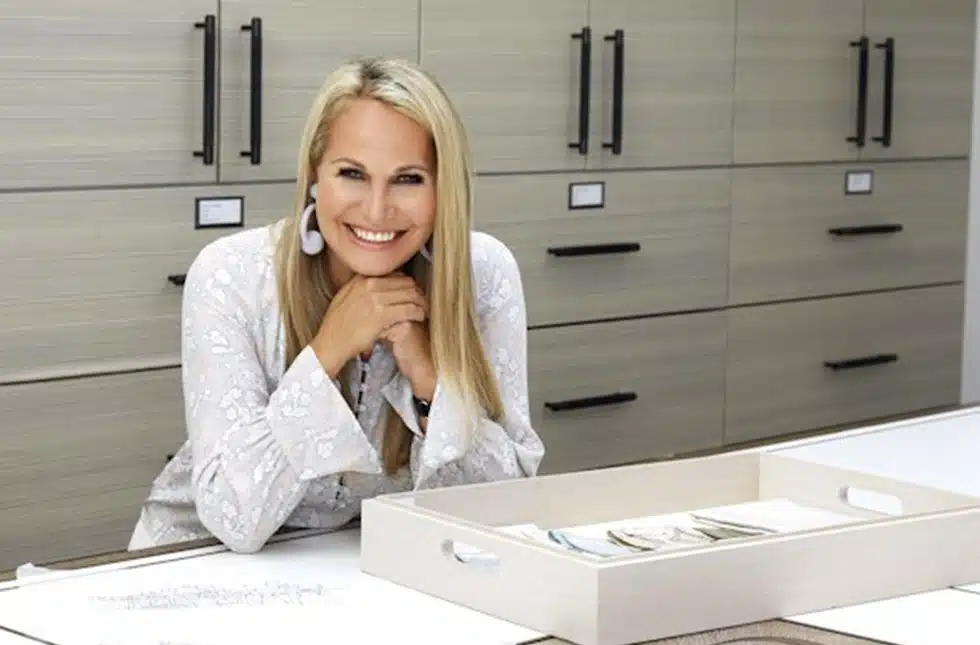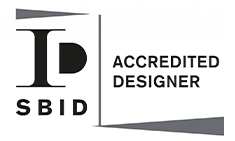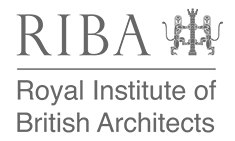These days we are all concentrating on our wellbeing. Within interior spaces, wellness design seeks to enhance the overall health and experience of its occupants. It prioritises comfort, tranquillity and a holistic connection to the natural world.
It can be about simplicity, and building resilience by breaking through what we know, and it can be ways to amplify relaxation and harmony. In our multifaceted world, there is not one definition of wellness, but one cannot deny that buildings have a significant impact on the structure of our lives. As designers and curators of the spaces in which we live, it is increasingly important to look at all creations with a holistic lens into the future.
Here are my top 10 considerations to shape a stress-reducing design.
FLUID SHAPES
Curves, undulating lines and organic forms characterise fluid shapes. They evoke a soothing aesthetic and can be incorporated into furniture, décor and spatial arrangements to promote a sense of flow. Eschewing rigid structures encourages a dynamic interplay between the environment and those living in it and lightly influences a more intuitive lifestyle. Considering the shapes and shadows in a space can have a transformative impact on the ambience of an area. Through incorporating forms that reflect the organic world a designer can seamlessly guide the eye through the environment, fostering a sense of unity and cohesion. In my more recent Notting Hill project pictured above, we selected curved furniture and amorphous coffee tables to achieve harmony. The chandelier above was conceived piece by piece and compliments the furniture below. It also mimics the oceanic design of the bronze doors adjacent.
Take for example the Rolex Learning Centre in Switzerland. It was designed by the Japanese architectural practice SANAA, led by Kazuyo Sejima and Ryue Nishizawa. The RLC is essentially rectangular in plan but appears to be more organic in shape because of the way its roof and floor undulate gently. Instead of steps and staircases, there are slopes and terraces. Without dividing walls, one area of activity gives way to another, embodying the aim and philosophy of the building’s purpose – to set the scene for different kinds of collaborative, cross-disciplinary research. The incorporation of organic forms not only promotes visual appeal but also creates a sense of continuity and balance. The environment feels responsive and supportive. Harmonising with elements of natural light, ventilation and biophilic design, fluid shapes can establish an interconnected space that resonates with personal renditions of comfort.
COLOURS
By choosing colours that resonate with a sense of balance and calm, interior designers can positively influence the psychological and emotional well-being of the occupants and foster a holistic and rejuvenating environment. Embracing a palette inspired by nature: calming blues, earthy greens, warm neutrals and deep browns, helps to establish a harmonious connection
with the world.
In enhancing our spa, we’ve delicately infused touches of soft jade green into the cushions and marble table tops. Ancient Egyptians revered this shade, associating it with rebirth, renewal, and immortality, as temples dedicated to ‘chronotherapy’ adorned with coloured glass have attested. The enduring presence of this hue in design speaks to its ability to evoke serenity. Moreover, gradients and subtle colour contrasts contribute to a visually dynamic experience, further enhancing the spa’s ambience.
It is no surprise that the Pantone and Dulux colours of the year are respectively warm, delicate hues reflective of our yearning for that which nurtures us – humanity, community and cosiness – during such uncertain times.
LIGHTING
The close link between sleep and good health is well established. Since the pandemic, insomnia has increased with almost 23 million people in the UK suffering from sleep issues. Sleep is an area where technology can make a positive contribution since considerate design and the incorporation of lighting control can promote better sleep hygiene by tuning into the body’s sleep/wake circadian rhythm. This creates the right environment to wind down at night and wake up naturally in the morning.
I encourage large windows and glazed walls in interior architectural design to create a connection with the outdoors. Aim to position furniture with a strong focus on soaking up the sun and sky – keep windows clear and unobstructed, and choose thoughtful window dressings to ensure fresh air and maximum ventilation. Florence Nightingale advocated natural light and ventilation in hospitals in the 19th century for a very good reason – it heals us. The picture above is a chandelier from one of our Lancasters projects in Hyde Park. We worked with a lighting design company to create this bespoke chandelier and strategically placed the downlights so they would perfectly frame the room and add ambience to enhance the space.
As inhabitants, we should be quickly able to pivot and welcome nature into our home, so keep things within reach. You shouldn’t have to strain and make yourself uncomfortable to achieve comfort. Ambient and subdued light in the evening is a primal indicator to our brains; it is ingrained in our psyche that these hues are connected to a slowing down of the
mental processes.
TEXTURES FROM NATURE
Natural materials such as wood, stone, porcelain and bamboo, bring a tactile and organic quality to the environment and connect occupants with the soothing elements of the outdoors. Their use not only adds a sense of warmth and authenticity but also contributes to a more sustainable and eco-friendly design.
Incorporating textures reminiscent of natural landscapes, like soft textiles, woven fabrics, and other tactile surfaces can increase the sensory experience within the space. By introducing earthy materials into interior design, designers can create human-centric environments that appeal to our ingrained preferences. A considered approach to materials aligns strongly with the holistic principles of wellness-oriented spaces.
This consideration, paired with the practicality of sustainability is one of our passions in the KP Studio. We have partnered with and are ambassadors for the Campaign for Wool, ensuring the studio uses as many natural fibre textiles in projects as possible. This is not only to achieve the holistic design approach explored above but to continue the wonderful wealth of craftsmanship in our nation. His Royal Highness, King Charles, has stated it is abundantly clear that changes need to be made in the way we produce and dispose of clothing and textiles, “if we are going to get anywhere near to meeting the United Nations climate change goals set for the industry, a major part of that change has to be moving from a linear system to a circular one, where textiles and clothing are produced sustainably, enjoy long use and are made using natural materials.”
SOUND AND AUDIO
With advances in wireless technology, we can enable effortless connectivity between audio, mobile and home devices. This eliminates cumbersome wiring and allows for greater mobility across the home. By 2050, one in four people living in the Western world will be over 65 years old. Our society is shifting towards smart technology to assist the living situations of all, but specifically those with specific assistive needs.
Enabling voice control to close doors and adjust lighting is just one example of a holistic approach. Installations such as this can help individuals with different abilities to live independently and safely in their own homes for extended periods, decreasing reliance on adult social care provided by third parties. Attention to acoustics is essential when minimising unwanted noise and creating serene spaces. As designers, we employ acoustic panels, sound-absorbing materials and spatial planning techniques to create balanced spaces conducive to conversation, relaxation or focus.
We look at the utilisation of an atmosphere and focus on enhancing the experience of the occupants within it. Imperial College Neuroscientist Mendel Kaelen comments that music can help us resolve inner conflict and move towards calm. Sound deeply influences our perception and experience of the world and is an important consideration when scheming therapeutic interiors.
MEDITATIVE ART
It’s not just the materials, textures and colours you want to bring in at home – also consider the personal touches scattered around your living space. If you’re hoping for your living room to be a warm and welcoming space, you may find that it is best to avoid polarising statement pieces. At KP, we love the recent emergence of abstract and meditative art. This genre exhibits harmony and completion with rounded shapes and emotive splashes, and emphasises the ability of art to provide mental and visual escapism in tandem with returning ‘home’.
In Mayfair, we stopped by Waddington Custot, to view their more recent show – ‘LoveSongs’, an exhibition from artist Landon Metz. The “rhythmic sequence of biomorphic forms seeping over the raw canvas is immensely calming” quips FT writer Victoria Woodcock. The New York-based, Arizona-born artist has garnered admirers for his ability to meld abstraction with insinuated dynamic movement. Their impact shifts with how the pieces are displayed – incorporating space, sculpture and installation, wrapping around corners and sweeping across the canvas, hinting at the space beyond. This encapsulates the mood of current times – we’ve conquered vast amounts of knowledge and innovation, so why not explore the complexities of our perception? “My hope is someone will have a similar experience in front of the work that I had while making it… the studio practice is a means of metabolising the world, working through things and coming out of it more present,” Metz has said.
WATER
The sight and sound of flowing water have been shown to have a calming effect on the mind and body. The rhythmic hum can help to anchor our attention and consciousness in the present moment and facilitate mental clarity. Mindful interiors can feature water indoors. Incorporating fountains or waterfalls in spatial planning can create a tranquil atmosphere and dissolve the stress of the day. These installations can also act as natural air purifiers, helping to filter out pollutants and improve indoor air quality. Several of my clients have requested saunas or hammams. The process of water evaporation can increase humidity levels, which can work wonders for respiratory health in dry climates and winter months.
All this is in addition to the most obvious – water is aesthetically pleasing to most of us. It adds beauty and enhances the visual appeal of an atmosphere, creating a sense of luxury and sophistication that taps into our most innate human desires for serenity.
GREENERY AND PLANT LIFE
Integrating plant life into any atmosphere can truly enhance the impact of a wellness-focused design. Aloe, English ivy, and philodendron are excellent smaller plants to consider for shelving while large plants, or even small trees make an immediate impact on any room, they are also perfect for minimalist design as they can tie a room together without overwhelming the character of the textures within.
One of my favourite examples of biophilic design is the Amanzoe resort on the Peloponnese peninsula in Greece. Laying amongst centuries-old olive groves and boasting panoramic views of the ocean, the pavilions are built into the landscape, with green roofs and lush vegetation hugging the exterior and lightly creeping into the shared spaces within.
In one of our recent projects in the South of France, Atelier François Navarro worked to sympathetically restore the Italianate-inspired gardens in Château de la Croix des Gardes. The majestic property embodies an oasis with sprawling gardens and separated areas reminiscent of a secret garden. This, paired with various wellness amenities including a private gym and spa, a pavilion with a hand-painted mural and a pool room alongside the sprawling swimming pool, creates an otherworldly escape from the stress of daily life. Lush gardens serve as the ultimate sanctuary, offering a respite from the chaos of modern life, thus reconnecting us with our innate humanity.
SCENT
The aroma of plants can have calm-inducing qualities: lavender’s soothing fragrance is likely to prove a hit in a bathroom or study, jasmine is a wonderful touch for a spot with lots of sun and rose is good for both mind and skin. I love to position sweet peas in a small vase on my bedside table for their delicate aroma.
Scent is integrated into most of the KPL projects. The shift to a holistic approach to design in recent decades has seen signature scents integrated into many people’s lives and the branding of many companies. I created the Katharine Pooley Choisya candle with chandler Rachel Vosper who has a shop in Belgravia just down the road from the Walton Street Boutique. It features scents of orange blossom, bergamot, neroli blossom and translucent white wood.
Other innovative companies like ceramic tile royalty Porcelanosa, have adopted all things sensory. During the 2023 London Design Festival, an experience lab was hosted in their flagship store in Hannover Square in London. Visitors were able to create fragrances that matched moods for different areas of the home. Another company that is lauded for its attention to detail in scent is the Australian brand Aesop. The ancient art of fragrance creation has gracefully crossed the centuries, much like scent carried on a gentle breeze.
NOURISHMENT
Nourishment forms the cornerstone of a healthy lifestyle. As Hippocrates famously stated, “Let food be thy medicine and medicine be thy food”. Each component of our diet plays a crucial role in sustaining both our physical and mental health and my clients are increasingly integrating features in their homes that promote healthy eating. Juice bars have been a must in more recent projects. Individuals have been requesting a space adjacent to a gym or spa area, but smartly hidden away from sight, where one can prepare an array of wholesome treats at ease.
I love this trend (my favourite juice is a mixture of spinach, lemon, apple and cucumber) and can see it only growing in popularity. Similarly, vegetable gardens and growing one’s food are increasingly more popular as wellness extends beyond the confines of traditional self-care routines. At the heart of this is nurturing a deeper connection with nature and the nourishment it provides.
When I create a space, I aim to provide calm, human environments that nurture the senses while feeling as good as they look. It has been a pleasure sharing these insights into my approach to encouraging tranquillity and calm in design.
